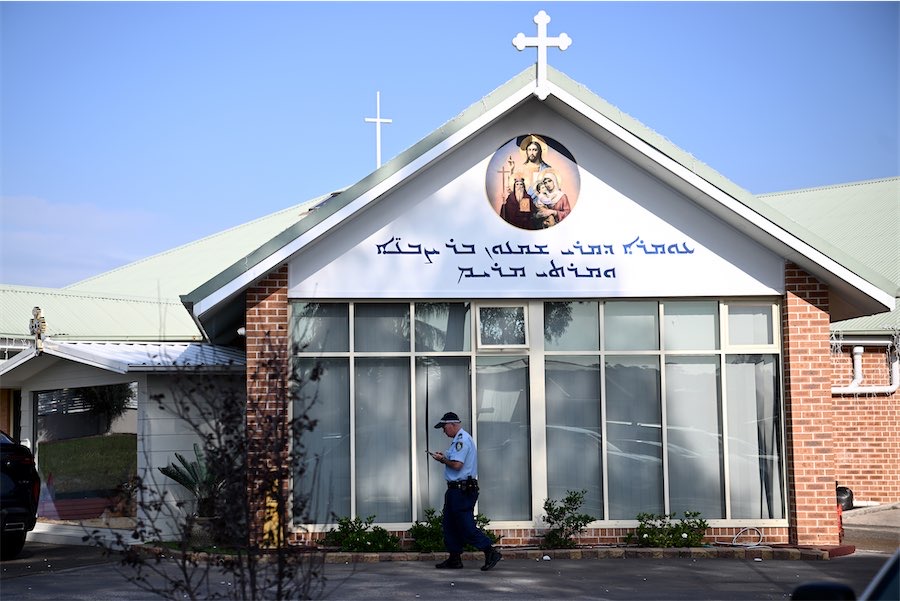NEVILLE Tomkins was a fresh faced 18-year-old, first-year university student from rural Queensland when he first decided to donate blood.
Spotting a blood donor van at the ANU campus, he made inquiries and was soon at the former Capital Health Authority building in Civic, donating blood and receiving his “little bag of jelly beans”.
That was 1976. Now in 2012, Mr Tomkins, a senior public servant, has just donated to the Australian Red Cross Blood Service for the 250th time.
“For me blood was a particular interest because there is no substitute for blood,” he said.
“Blood is the most precious gift, it is the most valuable gift you can give.”
Now donating every 14 days, Mr Tomkins has elevated his donations from blood to the much-needed plasma, making him Canberra’s Blood Service “plasma king”.
“There is a heavy demand for plasma,” he said.
“With our ageing population, medical breakthroughs are finding more ways to use plasma.
“There are 17 different products made from plasma; 34 per cent goes to cancer victims and 18 per cent of plasma goes to burns victims.”
Plasma is the most versatile component of blood; the products it is processed into are used to treat life-threatening conditions such as burns and haemophilia. It is also used to create immunisations.
Platelets on the other hand are used primarily in the treatment of cancers and medical treatments such as chemotherapy – that decrease platelet counts. When platelet counts are low, spontaneous bleeding can occur.
The plasma procedure runs for about one hour and 15 minutes; Mr Tomkins’ blood is drawn from his body and the plasma, also known as “liquid gold”, is extracted from that blood.
The blood is then returned to his body.
What makes it particularly “not easy” for Mr Tomkins is the 36 years’ worth of scar tissue in his arms.
“There’s a little bit of pain, but it’s always worth it, I always keep in mind the stories of recipients,” he said.
“Young people in need. I have something to give. I am going to continue to donate as long as I can and encourage other people to not only donate, but donate on a regular basis.
“It’s better to give than to receive – I always live by that motto.”
To be eligible to donate blood you must be fit, healthy and not suffering from an illness at the time of donation; aged between 16 to 70 years old; and weigh more than 45kg.
To donate blood, plasma or platelets contact the Australian Red Cross Blood Service on 13 14 95 or visit donateblood.com.au
PHOTO: Neville Tomkins donates plasma supervised by registered nurse Skye McLachlan… “Blood is the most precious gift, it is the most valuable gift you can give.” Photo by Silas Brown
Who can be trusted?
In a world of spin and confusion, there’s never been a more important time to support independent journalism in Canberra.
If you trust our work online and want to enforce the power of independent voices, I invite you to make a small contribution.
Every dollar of support is invested back into our journalism to help keep citynews.com.au strong and free.
Thank you,
Ian Meikle, editor




Leave a Reply